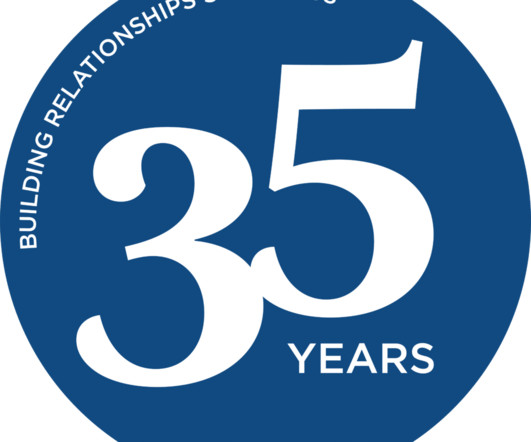Special Report from CareerBuilder—Changes in Workforce Composition, 2001–2014
HR Daily Advisor
MAY 6, 2015
Major demographic shifts in the United States since 2001 have led to a workforce that looks quite different today, according to a new report from CareerBuilder. Jobs,” explores how an increasingly diverse population is affecting the composition of nearly 800 occupations by gender, age, and race/ethnicity. That amounts to 4.9


















Let's personalize your content